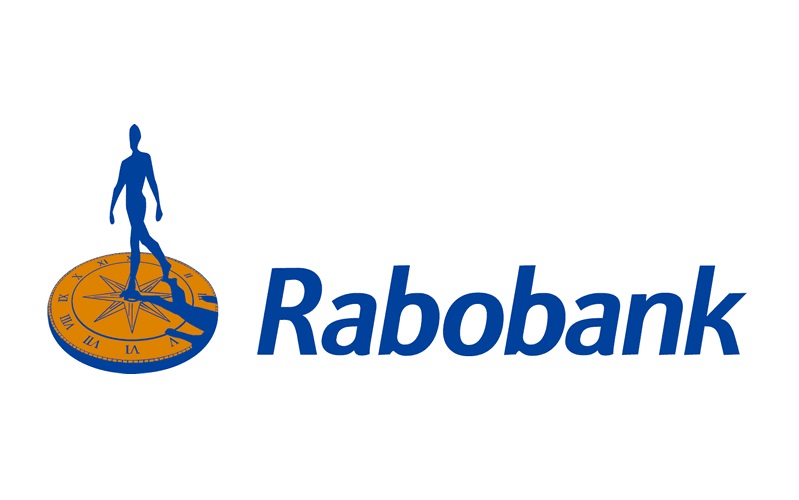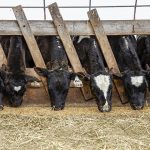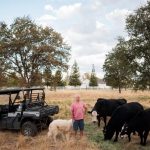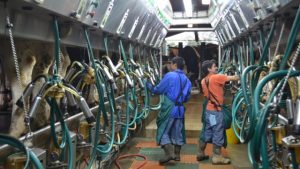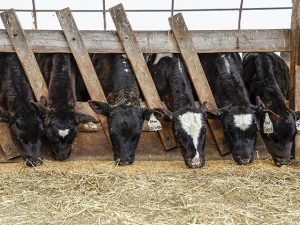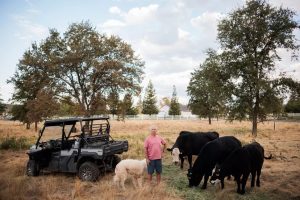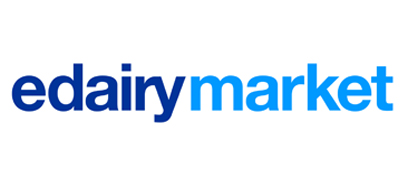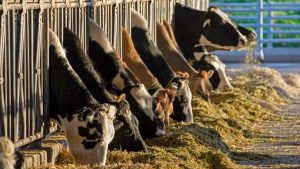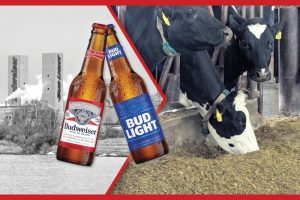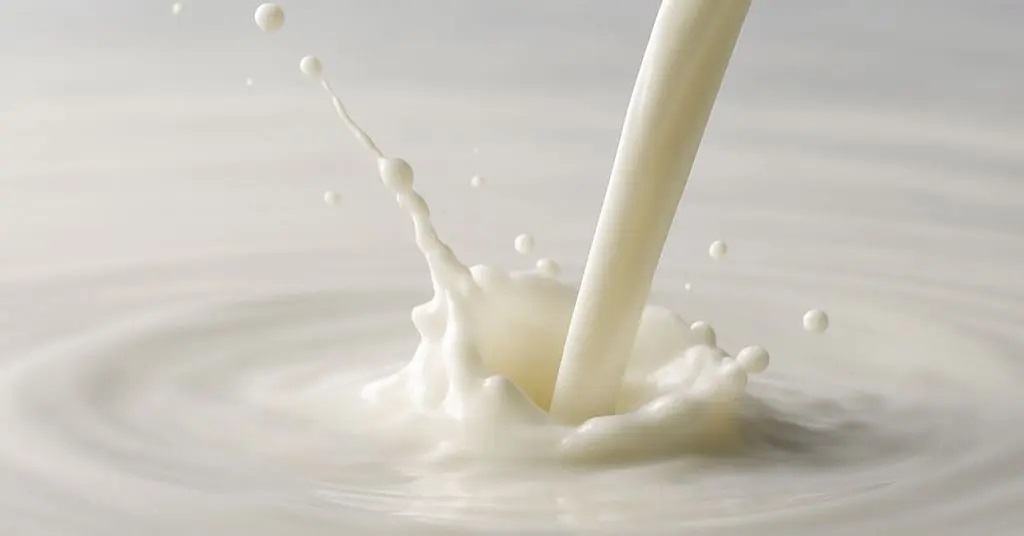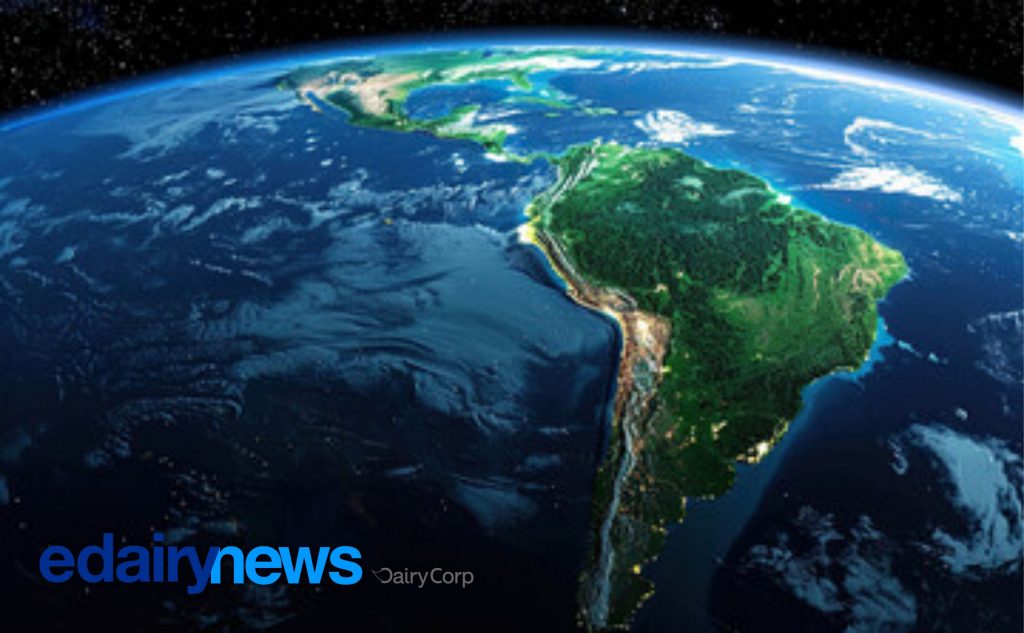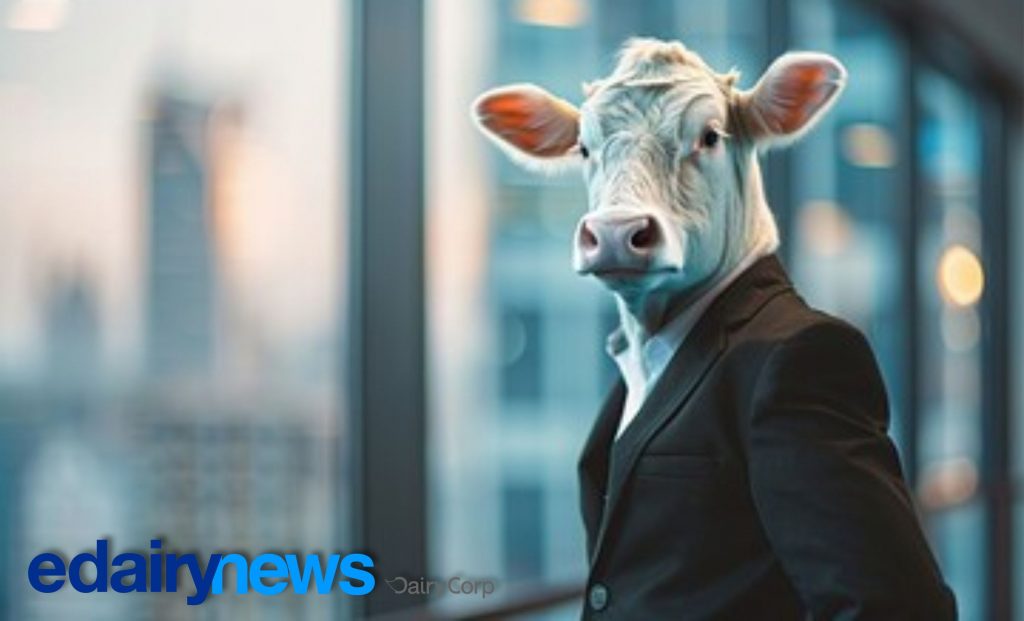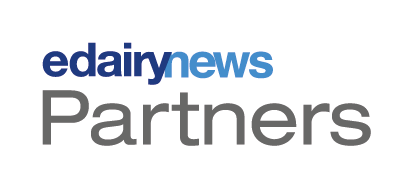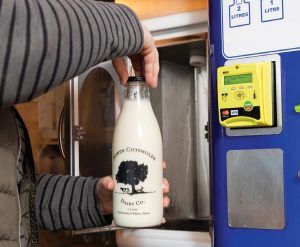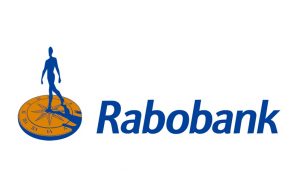
Rabobank’s latest report reveals subtle shifts for 2025—but forecasts major upheavals driven by mergers and acquisitions in 2026.
The latest Rabobank Global Dairy Top 20 report paints a picture of a sector in transition, with a slight 0.6% combined turnover increase for 2024, a notable slowdown from the previous year’s robust growth. While the top-level rankings appear stable, a closer look reveals subtle yet significant repositioning. This calm, however, is the prelude to a coming storm. Analysts project that a wave of strategic acquisitions and divestments will fundamentally reshape the competitive landscape, making this year’s list a crucial reference point for understanding what’s at stake in the near future.
While France’s Lactalis solidified its position as the world’s largest dairy company, breaking the $30 billion revenue threshold, other top players experienced subtle shifts. Nestlé reclaimed the number two spot from Dairy Farmers of America (DFA), which slipped to third. Further down the list, companies like Arla Foods and FrieslandCampina swapped ranks, a testament to the dynamic interplay of milk price volatility, currency fluctuations, and strategic business decisions. Overall, fewer than half of the companies managed to maintain their 2024 positions.
Full Comparative Ranking: 2025 vs. 2024
| Rank | 2025 Company Name | 2025 Turnover (USD Bn) | Country | 2024 Rank | 2024 Company Name | 2024 Turnover (USD Bn) | Change |
|---|---|---|---|---|---|---|---|
| 1 | Lactalis | 30.3 | France | 1 | Lactalis | 29.0 | ↔️ No change |
| 2 | Nestlé | 25.0 | Switzerland | 3 | Dairy Farmers of America | 24.5 | 🔼 Up 1 |
| 3 | Dairy Farmers of America (DFA) | 24.8 | USA | 2 | Nestlé | 24.3 | 🔽 Down 1 |
| 4 | Danone | 19.4 | France | 4 | Danone | 19.2 | ↔️ No change |
| 5 | Yili | 18.5 | China | 5 | Yili | 18.2 | ↔️ No change |
| 6 | Fonterra | 17.6 | New Zealand | 6 | Fonterra | 17.4 | ↔️ No change |
| 7 | FrieslandCampina | 14.0 | Netherlands | 8 | Arla Foods | 13.7 | 🔼 Up 1 |
| 8 | Arla Foods | 13.9 | Denmark/Sweden | 7 | FrieslandCampina | 13.8 | 🔽 Down 1 |
| 9 | Mengniu | 12.1 | China | 9 | Mengniu | 12.0 | ↔️ No change |
| 10 | Saputo | 11.8 | Canada | 10 | Saputo | 11.6 | ↔️ No change |
| 11 | Unilever | 10.6 | UK/Netherlands | 11 | Unilever | 10.8 | ↔️ No change |
| 12 | DMK Group | 9.9 | Germany | 12 | DMK Group | 10.1 | ↔️ No change |
| 13 | Savencia | 9.5 | France | 13 | Savencia | 9.4 | ↔️ No change |
| 14 | Kraft Heinz | 9.1 | USA | 14 | Kraft Heinz | 9.0 | ↔️ No change |
| 15 | Meiji Holdings | 8.8 | Japan | 15 | Meiji Holdings | 8.7 | ↔️ No change |
| 16 | Schreiber Foods | 8.2 | USA | 16 | Schreiber Foods | 8.1 | ↔️ No change |
| 17 | Müller Group | 7.7 | Germany | 17 | Müller Group | 7.6 | ↔️ No change |
| 18 | Sodiaal | 7.4 | France | 18 | Sodiaal | 7.3 | ↔️ No change |
| 19 | Agropur | 6.5 | Canada | 19 | Agropur | 6.6 | ↔️ No change |
| 20 | Grupo Lala | 6.1 | Mexico | 20 | Grupo Lala | 6.0 | ↔️ No change |
Strategic maneuvers and market dynamics are driving these movements. Companies are increasingly re-evaluating their portfolios, with a noticeable trend of shedding non-core assets to focus on key business lines. The report highlights Fonterra’s decision to divest its consumer business and Unilever’s planned spin-off of its ice cream division as prime examples. These strategic realignments are not just internal; they are poised to create significant opportunities for other players, with new names like Magnum and Emmi projected to make their debut on the list in the coming year.
The report also sheds light on regional variations. In the U.S., for instance, the focus appears to be on internal growth rather than mergers, with billions of dollars being invested in new facilities, particularly for cheese production. This contrasts with other regions where companies are facing headwinds, a trend attributed to lower commodity prices in 2023. This strategic focus on internal growth and innovation in key markets underscores a broader industry pivot toward building resilience and securing future revenue streams.
In conclusion, the Rabobank report suggests that the global dairy sector is at an inflection point. The seemingly minor rank changes in 2025 are a precursor to a period of unprecedented consolidation and change. For producers, manufacturers, and analysts, this means the future of the industry will be defined not by incremental gains, but by bold strategic moves. Keeping a keen eye on these developments will be essential for anyone looking to navigate the new era of dairy economics.
Source: Dairy Dimension: https://dairydimension.com/global-dairy-top-20-2025-vs-2024-comparison-rabobank-report/
You can now read the most important #news on #eDairyNews #Whatsapp channels!!!
🇺🇸 eDairy News INGLÊS: https://whatsapp.com/channel/0029VaKsjzGDTkJyIN6hcP1K
